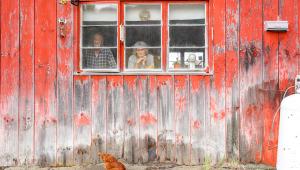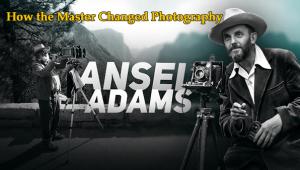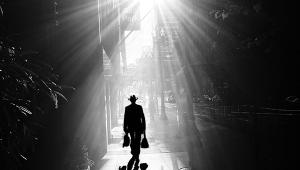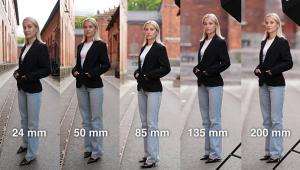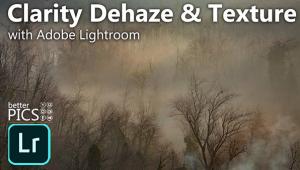Pro's Choice: Greg Shapps Sheds New Light On Healthcare: Working Within Boundaries Still Allows For Originality
You can’t simply walk into an Operating Room (OR) and insinuate yourself into the scene. There are rules, there are boundaries. Greg Shapps knows them well. Still, he manages to produce telling images that convey the client’s message without blatantly advertising any product or service. The methodology involves a complete 180 from the way he approaches his small product photography, where the message is unmistakably to buy a specific product. His healthcare imagery is nuanced, often depicting healthcare givers and receivers alike. Specific products are not necessarily the focus. It’s more about what a product, service, or institution can do for the individual.


This is a global blood technology company dedicated to transfusion medicine and cell therapies, according to their website. Even where the equipment is clearly depicted, the idea is to focus on donor/patient comfort. Greg Shapps used an Octabank as fill, with window light providing the key illumination. (Director of Marketing/Communications: Len DiGati.)
All Photos © Greg Shapps
From Tabletop To Healthcare
Having studied photography at Illinois State University, Shapps started assisting immediately upon graduating in 1992, and opened his own studio in 1997 in Chicago. He focused on small product photography for several years until a design firm with clients in the healthcare industry brought him a project that bridged the two disciplines: product and healthcare. This provided Shapps with a gateway toward expanding his business without abandoning his studio work.
Shooting healthcare puts you in a different mindset, Shapps says. Comparing the two, “It’s like night and day. Healthcare involves fast shooting, click, click, click, click. It’s running around. You’re hand holding the camera, shooting thousands of exposures because, very often, it’s something that can’t be repeated. What’s more, I’m in their environment, trying to stay out of the way of the doctors and nurses.”

This is an ongoing project showing the various steps involved in donating and processing blood. This shot depicts a lab technician inspecting a product of this company’s technology: blood plasma. The Octabank (upper right) again played a role, along with window light (from the left), plus bounce fill (right side). (Director of Marketing/Communications: Len DiGati.)
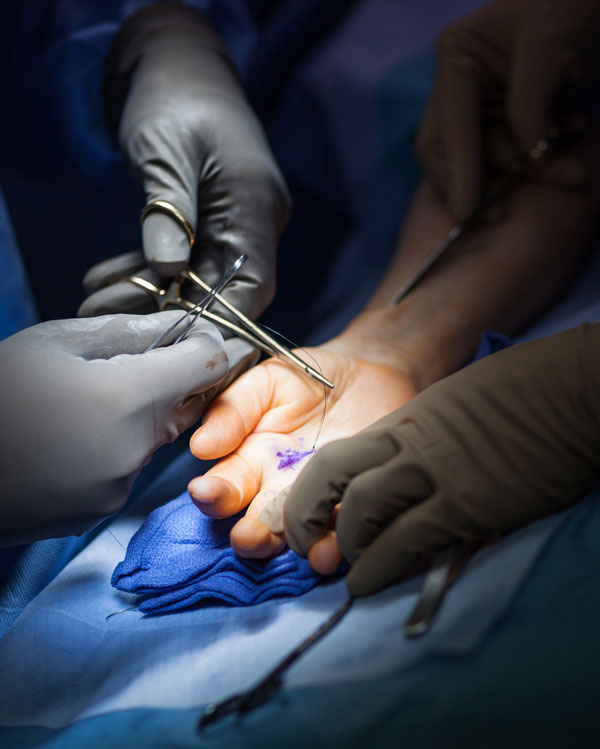
A lot of healthcare photography is about the client’s doctors doing a procedure. These pictures aim to give potential patients a sense of confidence in the surgical staff, “which is why we don’t show the blood and gore.” The surgical lights provided the key illumination, with ceiling lights as fill. “Whatever these surgical lights point at blows out, so you have to balance the exposure against that.” Using an 85mm f/1.2 lens, Shapps set ISO to 1000, which allowed him to shoot at f/2 and 1/2000 sec. (Agency: Echo Design Group.)

“With any surgical procedure, you’re not allowed to move or disturb anything, and you have to stay outside a marked boundary. First and foremost comes the health and safety of the patient. You have to dance around everything and find your angles, while being invisible.” This scene depicts a surgeon at a da Vinci robotic system, one of the latest technologies for minimally invasive surgery. (Agency: Echo Design Group.)
Geared Toward Portability
Of equal importance is the gear Shapps uses. In the studio, a Cambo Ultima 23 view camera comes to the fore, and sometimes a Hasselblad 553ELX, with Phase One backs. For healthcare, portability and capturing the action are his priorities. “I’m shooting with Canon 5D II and III. Because there are restrictions on added lighting in many instances, the lenses have to be fast. On top of which, we work with high ISOs, up to 1600 or 2000, so that we can make the environments look as natural as possible. And we try to keep our shutter speeds up to prevent blur from subject movement. For that reason, we’re always shooting pretty wide open.”
Shapps’s go-to lenses are a 70-200mm f/2.8 IS, an 85mm f/1.2, a 50mm f/1.4, a 24mm f/1.4, a 35mm f/1.4, a 135mm f/2, and two zooms: a 24-70mm and a 16-35mm. “We make it a habit of capturing every perspective.” That means shooting with practically every lens at his disposal.
He continues: “Every now and then, we can get a fill card in there. Or if it’s not a sterile environment, with sufficient space, we can bring flash in.” The strobes Shapps uses are Speedotron power packs, along with Calumet and Elinchrom monolights. However, more and more, where he does need to add light, he’ll turn to inexpensive LED panels he purchased online. They can be stacked together; color temperature can be dialed in; and power can be dialed down as needed. “The LEDs let you see what you’re doing continuously; they’re compact and fit in any environment, and I can have five, six, or seven of these things pointing in different directions to really define an area.”

Shapps captured the surgeon’s concentrated focus during a vascular procedure. Because added lighting would distract the surgical team, Shapps made do with ambient light. Fortunately, the operating room was very bright. Still, he needed to employ a shutter speed fast enough to prevent motion blur, and a 50mm f/1.4 lens especially came in handy for this ISO 100 exposure at f/1.4 and 1/160 sec. (Agency: Echo Design Group.)


The emphasis here is on the role the American nurse plays in making a hospital stay more pleasant. As in this case, a client’s products often take a back seat to the main message, appearing in the background or not at all. For this series, Shapps added LED lighting to highlight certain areas. “I meter the color temperature of the ambient light and dial that into the LED, so they match.” ISO was set to 1250 to deal with low-light levels. (Agency: Webb deVlam.)
Something Extra For The Client
Shooting to high-capacity cards, Shapps works on his Raw files in Adobe Lightroom and takes those files to the next level in Photoshop. But clients also need to see images well before then.
Shapps recently implemented a neat tool to help his healthcare clients stay on top of every shot. Because they can’t be in an operating room or other sterile environment with him, and because he’s not shooting tethered to a laptop, Shapps uses CamRanger (www.camranger.com), a Wi-Fi device that wirelessly connects to an iPad or other tablet live (the device requires the supporting app be installed on a tablet or smartphone). “I’ve gone through 4000 frames with this device and not one frame was dropped. It’s absolutely bulletproof,” Shapps proclaims. “The client is thrilled that he doesn’t have to resort to looking at the back of the camera.”

This shot bridges Shapps’s small product and healthcare photography. Shapps shot this on a Cambo Ultima 23 view camera with a Schneider Digitar 120mm macro, employing a homemade 8x10” light box with a Plexiglas top and a Speedotron head. The head was positioned at 45 degrees to the table surface from the front, with the camera looking straight down. A fill card, mirroring the light position, came in from behind. He then created a composite in Photoshop using multiple layers based on a shot of the single syringe.
Something Extra For The Shoot
Shapps also brings Canon extension tubes with him, as well as a tripod and monopod, bounce cards, and softboxes (“you never know what you’ll be up against”). Even more integral to every shoot is his Minolta Color Meter IIIF and X-Rite ColorChecker. “Operating rooms have funny colors in them. I set the meter so it gives me the reading in Kelvins and I dial that into the camera.”
He explains further: “I try to get my files as faithful as possible in camera by using the meter, then I use a shot of the ColorChecker in Lightroom to finesse the color balance. You can’t always take this approach, so you find something in the scene that will help with color balance and take it to the next level during Raw conversion. However you go about arriving at color balance initially, you tweak it in post.” If space is limited, he also has QPcards on hand, which can be cut to the size needed.
Shapps concludes, “I enjoy shooting healthcare. It gives me an opportunity to get out of the studio and away from all the product shooting. It provides another avenue. More to the point, it doesn’t pigeonhole me as a product photographer. And it’s a lot of fun.
“I try to stress that the shots look as natural as possible, which is why I pay so much attention to color balance. I love shooting these situations wide open. It creates a different look and feel (compared with product shots). By having a very shallow depth of field, it takes the edge off the medical aspect. It looks less clinical.”
To see more of Greg Shapps’s work, visit www.shappsphotography.com.




